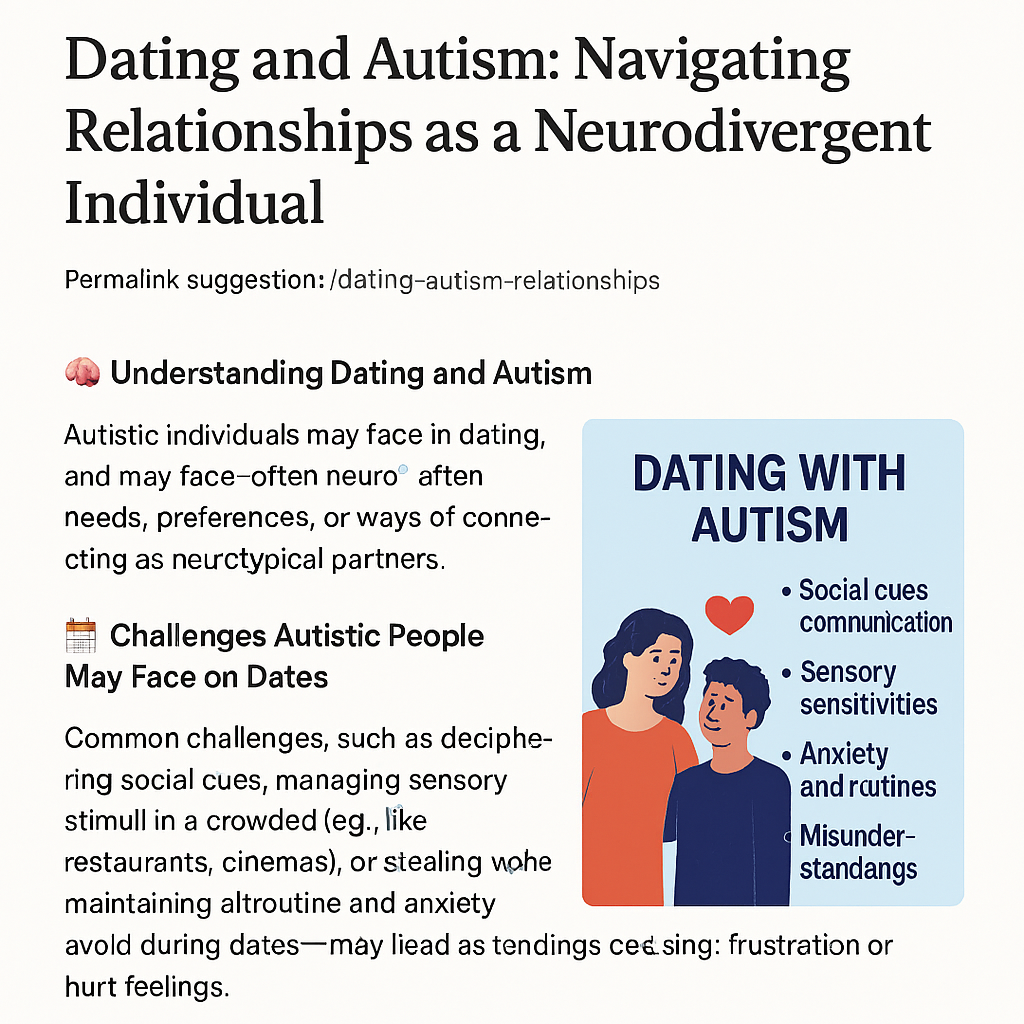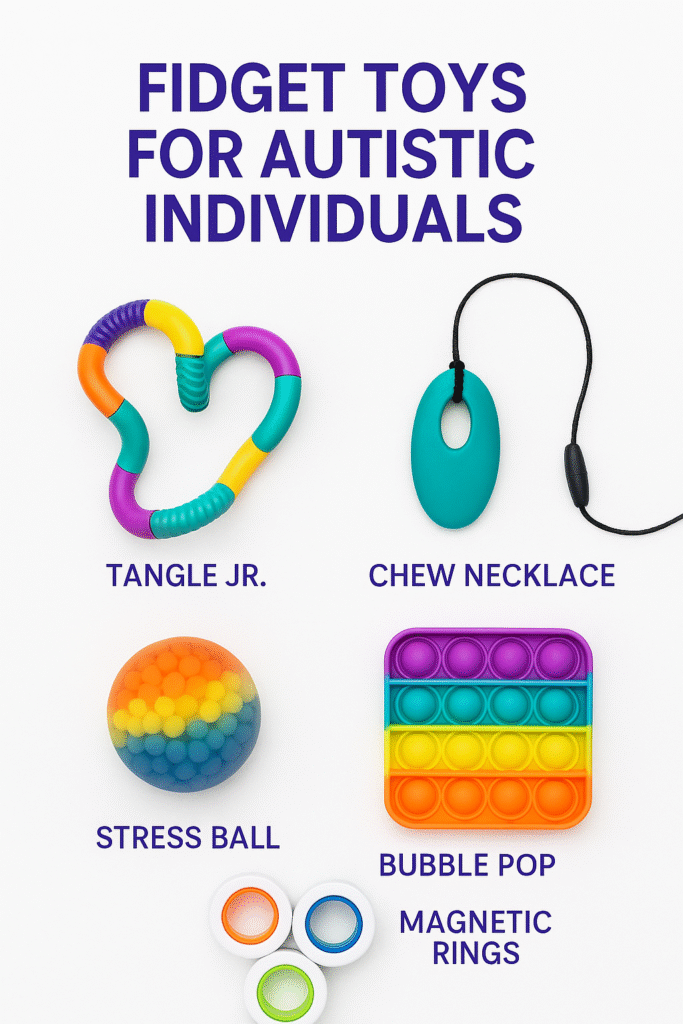In a world that often misunderstands neurodivergent experiences, Spectrum Life is a vibrant, affirming space where creativity meets advocacy. Whether you’re autistic, ADHD, or simply curious about inclusive storytelling, our YouTube channel @SpectrumLife1 is here to celebrate your brilliance—unmasked and unapologetic.
🎥 What You’ll Find on Spectrum Life
- Empowering Shorts that bust myths, spark pride, and reframe productivity through a neurodivergent lens.
- Visual Toolkits for burnout recovery, sensory-friendly living, and community organizing.
- Stories That Stick—from athletes redefining focus to everyday heroes navigating nonlinear growth.
Each video is crafted with care, blending accessible visuals, affirming captions, and strategic storytelling to meet you where you are—and uplift you from there.
💡 Why Subscribe?
If you’ve ever felt unseen, overwhelmed, or like you had to “mask” to belong, Spectrum Life is your reminder: you are not alone, and your way of being is valid. By subscribing, you’re not just watching—you’re joining a movement that centers joy, pride, and practical support for neurodivergent adults.
👉 Subscribe now and turn on notifications to catch every new episode, toolkit, and creative campaign.
🔍 Keywords to Help You Find Us
- Neurodivergent YouTube channel
- ADHD and autism advocacy videos
- Burnout recovery resources
- Sensory-friendly living tips
- Unmasking neurodivergent brilliance
📣 Let’s Build This Together
Spectrum Life isn’t just a channel—it’s a community. Share your story in the comments, suggest topics you’d love to see, and help us co-create a future where neurodivergent excellence is celebrated, not hidden.


